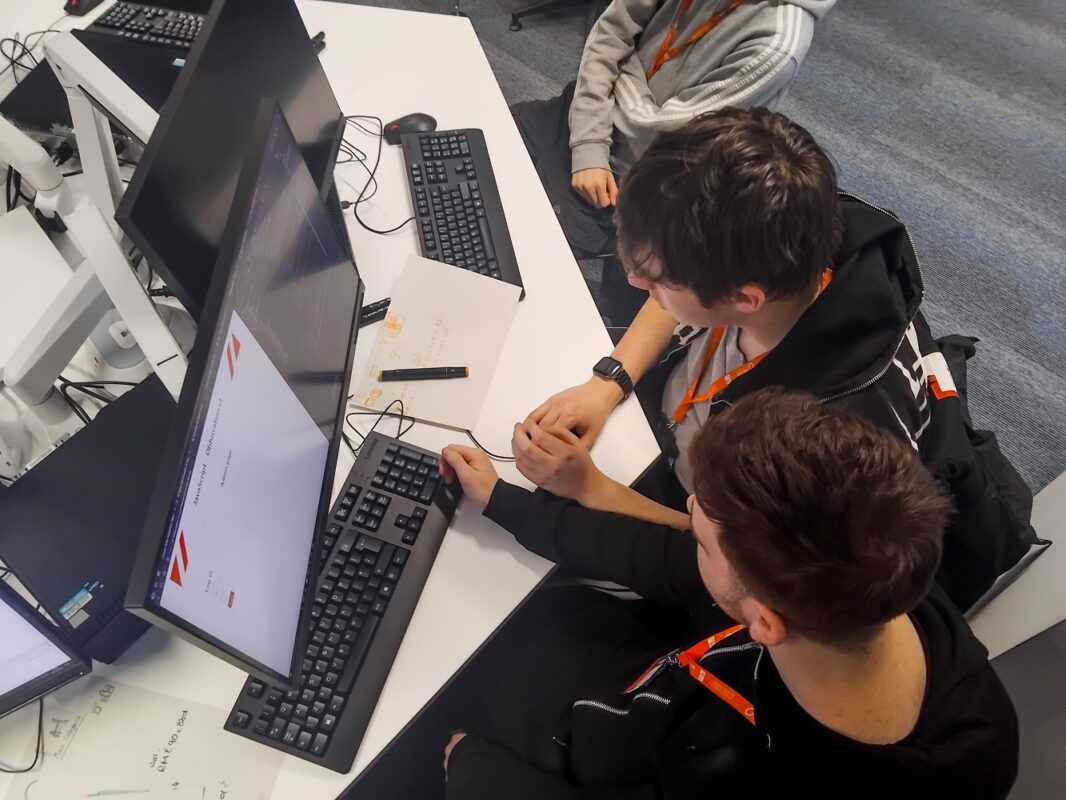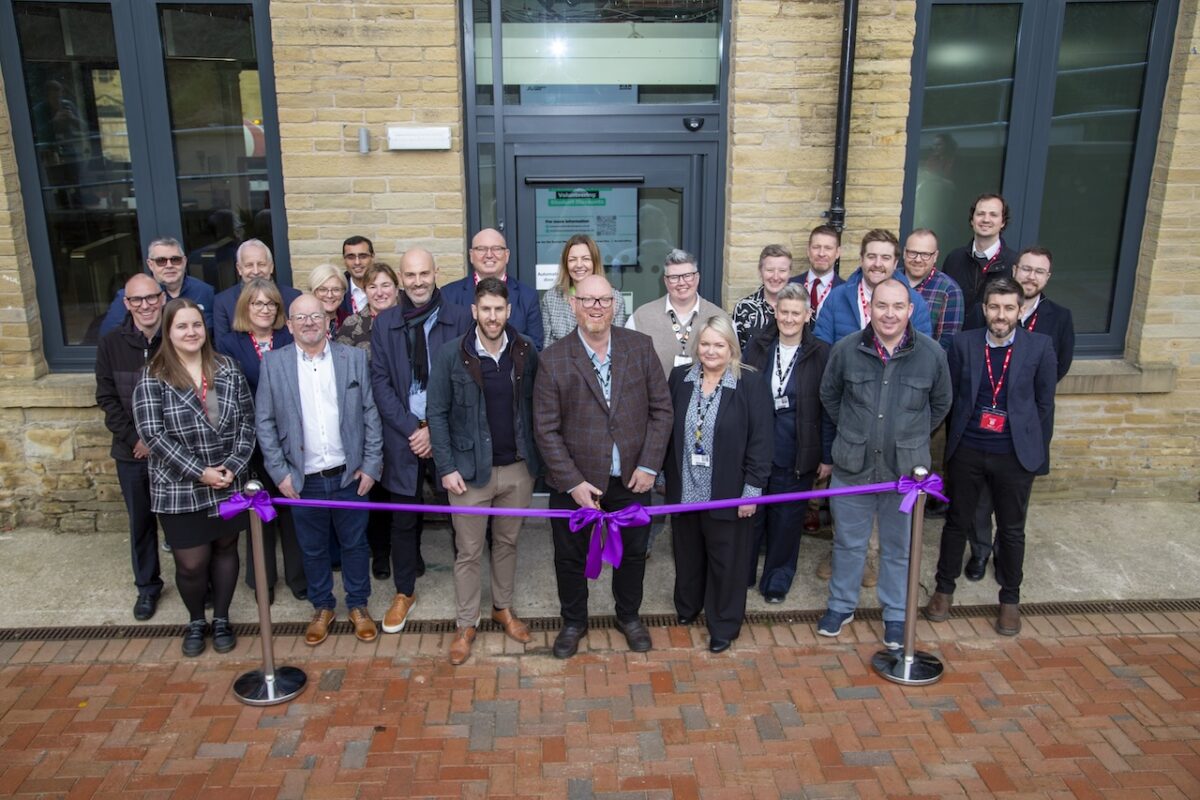Students need support to succeed in and beyond higher education

Persistent gaps in outcomes for some groups of students highlight the need for universities and colleges to support students effectively to succeed in higher education, the Office for Students (@officestudents) has warned.
New data published today by the OfS highlights the gaps in access and outcomes experienced by groups of students underrepresented in higher education. The data shows that there has been progress in closing a number of gaps, including for access to higher education for students from the most underrepresented neighbourhoods. Updated data dashboards allow users to compare performance at English universities, colleges and other higher education providers registered with the OfS.
Key findings from the data include:
- the gap in participation at higher tariff universities has narrowed slightly. There was a gap of 19.2 percentage points between students from the most and least represented neighbourhoods in 2019-20, down from 19.5 percentage points in 2018-19. In 2019-20, 8.0 per cent of students were from the least represented areas, compared to 27.3 per cent of students from the most represented areas
- black students were less likely than white students to gain a first or upper second- class degree at 96 of the 97 universities and colleges considered in the analysis. At some, the gap in attainment was more than 20 percentage points. The overall gap in attainment has closed from 24.7 percentage points in 2015-16 to 18.3 percentage points in 2019-20
- there are also gaps in continuation and attainment rates for groups of disabled students. For example, 90.2 per cent of students who do not report a disability continued their studies into 2019-20, compared with 87.0 per cent for students with a mental health condition. Students with a social or communication impairment were 4.8 percentage points less likely to graduate with a first or upper second-class degree than their peers who do not report a disability (78.8 per cent compared with 83.6 per cent).
Responding to the data detailing the gaps in access and outcomes experienced by groups of students underrepresented in higher education, Universities UK said:
“Universities are committed to widening access to higher education and ensuring students from all backgrounds can succeed.
“Despite the wider societal inequalities exposed by the pandemic, it is encouraging to see that universities are continuing to make progress in narrowing gaps in opportunity. However, universities recognise there is still a long way to go in ensuring there is equality of opportunity across higher education for students of all backgrounds.
“Universities continue to invest heavily in their work to widen access to higher education and ensure equality of opportunity for all students, and in England are required to set out their plans for doing so.
“UUK’s work to address the degree awarding gap between students of different ethnicities is ongoing and we have set out a number of recommendations to address this inequality. UUK is also speaking with government about how they can best work with universities to support this year’s graduates, particularly those from disadvantaged backgrounds, as they enter a challenging labour market.”
Chris Millward, director for fair access and participation at the Office for Students, said:
“Today’s update to the data dashboard demonstrates the progress already being made across the sector, with access gaps continuing to narrow. There is much more to do here – and the cumulative efforts of universities and colleges through their access and participation plans promise much stronger progress in the coming years. Data published for our key performance measures shows that there has been a slight decrease in gaps in participation between the most and least advantaged students at higher tariff universities. While this is welcome, this group of universities have some distance to travel in order to ensure equality of opportunity for all prospective students, whatever their background. If they successfully deliver the plans they have agreed with the OfS then, by 2025, 6,500 additional students from the least represented neighbourhoods will enter these universities every year.
“What we also see is that those groups of students that are becoming a larger proportion of the undergraduate population are less likely to continue with their studies or receive a first or upper second-class degree. While there is evidence that the gap in attainment for black students compared to their white peers is closing, it remains far too high. At 96 of the 97 higher education providers for which the dashboards report ethnicity attainment gaps, black students’ attainment is lower than we see for white students. Many providers have gaps of over 20 percentage points, with some even higher. Other gaps – including for students with certain disabilities – underline how essential it is to focus not just on supporting students to get into higher education, but also to succeed in and beyond it.”
Writing in a commentary which accompanies the data and a range of other publications from the OfS on access and participation, Chris Millward said:
“It’s clear that the most disadvantaged people and communities have been the most vulnerable during the pandemic. The flexibility of graduates’ knowledge, skills and working patterns has meant that many have been better protected from COVID-19 – in terms of both their jobs and their health – than non-graduates. So, it’s more important than ever to ensure that students from all backgrounds and parts of the country can gain access to and benefit from higher education.
“Given the effects of the pandemic, we need universities and colleges to address all the disparities they identify in relation to access to, success in and progression beyond higher education, whichever students are involved. It’s not an inevitable consequence of the pandemic that progress on access and participation should now stall; indeed, it’s more important than before to accelerate it.
“By focusing not just on access to higher education, but also on success in and progression beyond it, universities and colleges are supporting different groups of students such as these through their access and participation plans. They have, for example, pledged to halve the access gap in high-tariff universities over five years – bringing 6,500 more entrants from those low-participation places to the hardest-to-reach courses each year – and to halve the gap between white and black students who achieve the top grades when they get there.
“Measures to improve equality such as these have long been debated because of the interests of different groups and their implications for liberty and justice. A diverse and world-leading higher education sector must, though, be able to tackle all of the equality frontiers it identifies, whoever they concern and wherever they are found, and to demonstrate progress by reducing the gaps between different groups. Otherwise, the belief in equality of opportunity – and education as the way to achieve this – will diminish.”











Responses